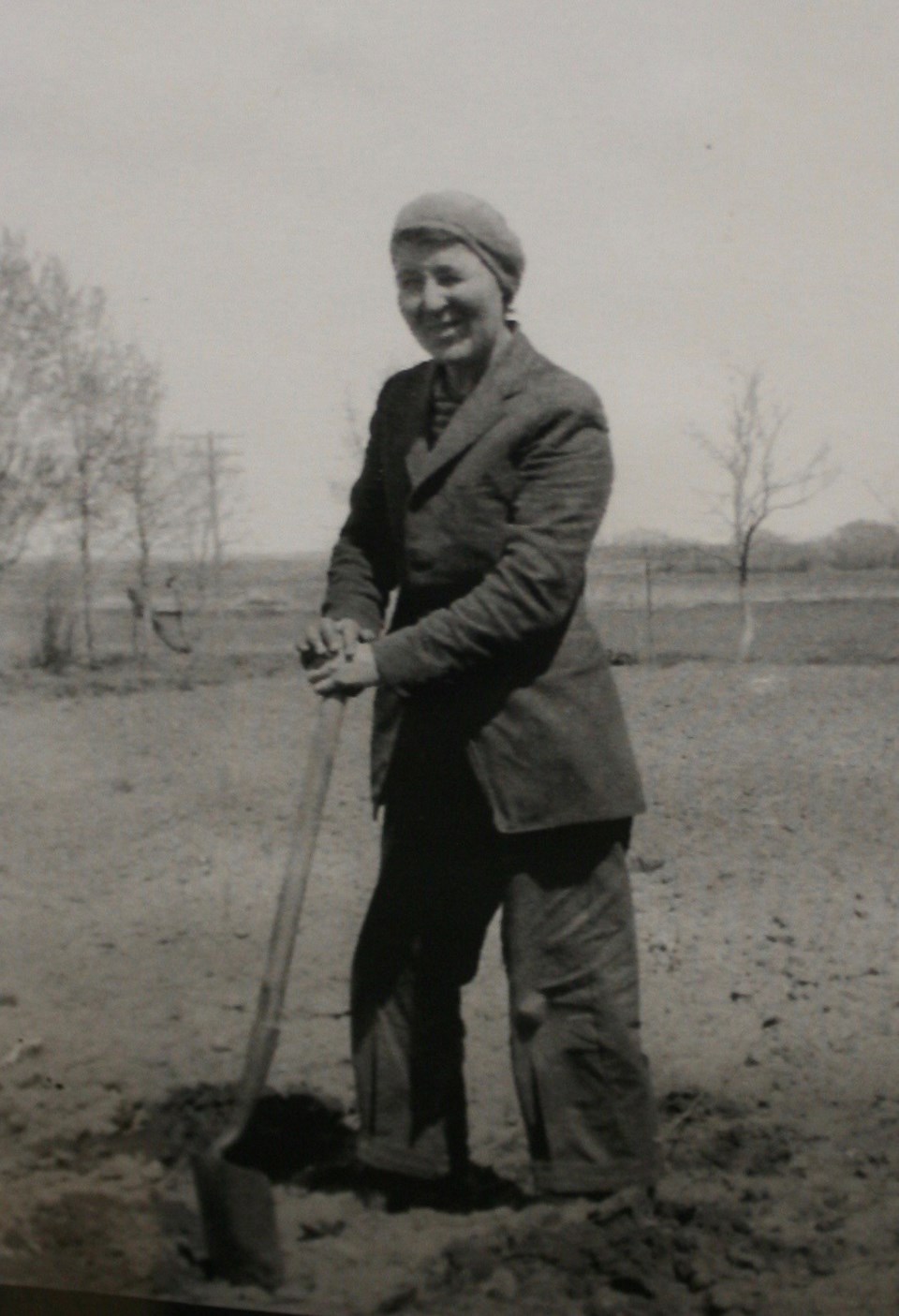Not all rural Saskatchewan women stayed in the home to raise a family in the early days of the last century.
The Macrorie Museum highlights one of the women who raised a family and had a career.
Emma Rostron was a blacksmith, janitor, and mother of five daughters.
Born in 1899 at Percival she was part of a blended family – 10 siblings and 21 step siblings.
She only had a Grade 2 education, leaving school after a fall on a stump that injured her mouth and teeth.
A cyclone hit the farm and took half the family’s livestock when she was eight years old. Emma decided to leave the farm and look for work.
She did chores, moving in with a sister at age 12 in Milden. Among her many jobs was the local hotel.
Then she went to work at the Macrorie hotel.
The town blacksmith Arnold Rostron bought her lunch box at a box social and they began seeing each other.
They married in 1917 and the 18-year-old Emma became a blacksmith, learning from her husband. While they worked in the shop, the children played in a large room at the back.
When he died in 1958, she kept running the blacksmith shop until 1960 when she realized new farm equipment did not require as much blacksmithing.
She built and installed the sewer, water and plumbing in their house.
Aside from blacksmithing she did janitorial work, cleaning the doctor’s office and the United Church. Money from church cleaning was turned back to the church.
She cleaned and maintained the community hall and rink to pay property taxes and was school janitor for 28 years until retirement in 1971 at age 72.
And she found time to take in boarders and help raise other people’s children with five sets of “foster children.”
She died at age 90 in a retirement home at Outlook.
The Macrorie Museum is located in the heritage school, built in 1917 and closed in 1988. The school served many community uses and as a field clinic during the 1918 Spanish flu epidemic.
The school architecture, two floors designed for easy additions, was quite common in early 20th century rural schools.
Ron Walter can be reached at [email protected]




